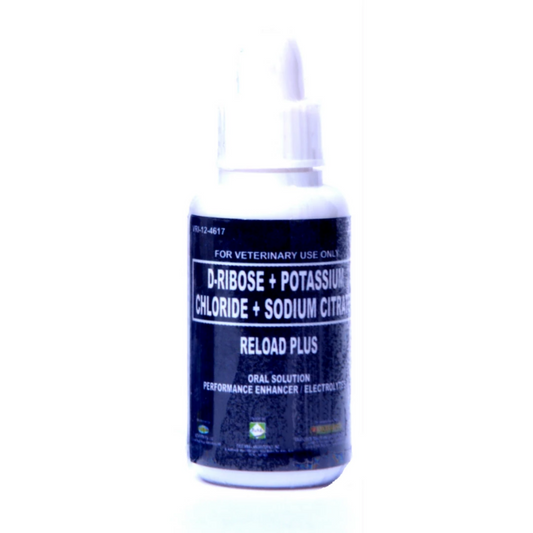Sabong Depot Poultry Supplies
News Bureau
Poultry farms in Bulacan province, Philippines are taking proactive measures to prevent the spread of highly pathogenic avian influenza or bird flu after a commercial farm in the town of Sta. Maria lost P6.2 million due to the disease. Officials announced on Monday that laboratory tests conducted by the Bureau of Animal Industry (BAI) confirmed the presence of the type A subtype H5N1 strain of bird flu in samples taken from the affected farm.
One commercial farm became an epicenter when at least 80 chicken layers died between January 17 and 25, prompting the depopulation of over 17,000 chicken layers on the farm between February 1 and 2. However, the losses incurred only covered the cost of culled chicken layers and did not account for the potential revenue losses.
Dr. Voltaire Basinang, Bulacan provincial veterinary officer, suggested that migratory birds, such as egrets, which visit Bulacan's wetlands, may have caused the avian flu infection. As a result, all commercial and backyard poultry farms were advised to bird-proof their areas and facilities to prevent the entry of wild birds into their farms.
The high-technology bird-proof approach uses tunnel ventilation, which involves keeping chickens in cages that are fully air-conditioned, maximizing air movement to cool the birds and remove dust while preventing contact with wild birds.
In response to the outbreak, a kilometer-radius surveillance zone was enforced around the infected poultry to check if other farms had been affected. Fortunately, no other farms were found to have been infected, and a quarantine was not imposed.
Bulacan, particularly Central Luzon, accounted for one-third of the Philippines' chicken production in 2022, producing 325,523 metric tons in the first half of the year alone, reflecting a 19.5% increase from the same period in 2021. As of July 2022, there were 26 registered commercial poultry farms in Bulacan.
Governor Daniel Fernando called on the province's poultry industry to strictly follow and abide by the safety measures provided by local agriculture and veterinary offices in their towns and cities to prevent a similar incident from happening.
The Philippines was declared free of bird flu by the World Organization for Animal Health in January 2021 after controlling outbreaks of H5N6 in a commercial layer poultry farm in Pampanga province and backyard poultry farms in a village in Rizal province. However, the country lost its bird flu-free status more than a year later after outbreaks of the H5N1 strain were reported in Bulacan and nearby Pampanga province, with more than 42,000 quails and ducks culled.
While H5N1 is deadly to animals and can infect humans on rare occasions, the World Health Organization reported only 26 H5N6 human infections in 2021. Despite the recurrence of the H5N6 strain in the country, the DA and BAI have been vigilant in containing the outbreaks, with various poultry farms implementing measures to prevent the spread of the disease.
To ensure the safety of poultry farms and protect the livelihood of farmers, it is crucial that poultry owners continue to follow safety measures to prevent the spread of bird flu. By working together and taking proactive measures, the poultry industry can continue to thrive while ensuring the safety of all those involved.




